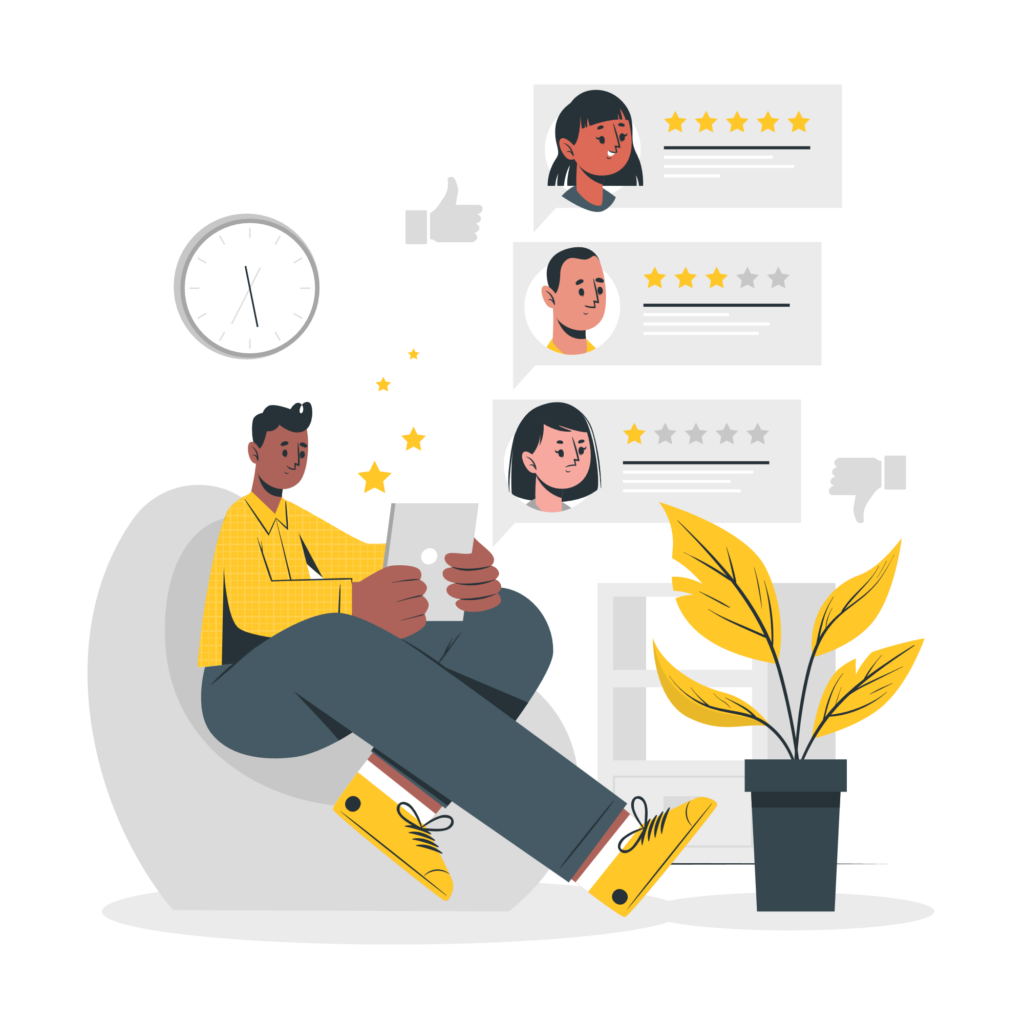How do the affordances and constraints of digital learning spaces impact learners physically and mentally? What strategies can both educators and students implement to make online learning healthier and happier for all?

Wellbeing in Digital Environments
A dynamic inner balance of contentment, engagement, and enthusiasm constitutes our wellbeing. It encompasses physical health (movement), mental health (cognition), social connections (relationships), and emotional balance (stress management).
Digital technologies shape our lives, but the ways they change our behaviors and interactions can sometimes make it hard for us to feel happy, engaged, and excited.
Excessive digital stimulation and exposure to hectic designs can negatively impact our wellbeing, leading to attention fatigue, visual overload, reduced physical activity, social isolation, and mental health concerns like anxiety and stress. Additionally, prolonged isolation from real-world interactions can cause psychological harm, contributing to feelings of loneliness, social confusion and other mental health issues.
Individual wellbeing strategies in balancing digital and non-digital experiences:
-
Screen Time: Track the amount of time you spend on various digital devices daily. How your screen time is balanced with non-digital activities? Consider both productive and leisure activities.
-
Purpose of Use: Identify the primary reasons for your digital usage (e.g., work, social media, entertainment, education). Reflect on how these activities stimulate your brain and whether they include or deprive you from physical movement.
-
Social Interactions: Compare the time spent on digital interactions versus in-person interactions. Reflect on the quality and depth of these interactions and how they contribute to your mental and physical wellbeing.
-
Physical Activity: Evaluate how your digital habits affect your physical activity levels. Are you having enough exercise to stimulate your brain and body oxygen supply, which is crucial for human health and wellbeing? Consider activities like walking, stretching, or any form of exercise that keeps you active.
-
Sleep Patterns: Consider how your digital usage, especially before bedtime, impacts your sleep quality and duration. Reflect on whether your digital habits are conducive to a restful sleep, which is crucial for brain health.
-
Emotional Wellbeing: Reflect on how digital interactions influence your mood and mental health. Do you feel more connected or isolated during the time you routinely spend in digital spaces?
-
Productivity: Analyze how digital tools and habits affect your productivity. Which of these helping you achieve your goals and which are causing distractions? Consider using regular breaks for physical activity, and pay attention how this boosts your focus and productivity.
-
Content Consumption: Review the types of content you consume online. Which of these contents are enriching emotionally and cognitively, and which contribute to stress and anxiety? Pay attention to how balanced your choices are between stimulating and challenging activities and relaxing and entertaining ones.
-
Real-world Engagement: Assess how your digital habits impact your real-world activities and experiences. Are you missing out on important moments? Make time for physical activities and exercises that enhance your real-world interactions and overall wellbeing.
Now, let’s put these concepts into practice! By completing this activity, you will gain insights into how improve your well-being via paying attention to your digital habits.
Reflecting on Your Digital Habits
- Self-Assessment: Reflect on your own digital habits, particularly in the context of learning. Indicate what types of digital content you routinely consume, and how much time you spend engaging in digital activities. Do you notice any patterns that might be impacting your well-being?
- Identify Challenges: Do you experience distractions, information overload, or feelings of isolation? Consider how the characteristics of the digital tools and environments you engage with contribute to these feelings and experiences. What kind of stimulation does each provide? How do the features of these digital tools, combined with your habitual use of them, contribute to overloading your perceptual faculties, potentially leading to mental imbalance?
- Mindfulness and Strategies: What strategies do you currently use (or plan to implement) to balance your digital consumption with your well-being? This could include setting time limits, taking offline breaks, practicing mindfulness.
- Write and share your experiences and observations with peers. Add your message as a comment to this page.
Resources
Four Tips for a Successful Digital Detox Stanford.edu Greater Good Project
Digital Pedagogy Toolbox: Cultivating Digital Well-Being – From Fatigue to Healthy Daily Practices (blog post) for some of the reasons for and ways to deal with digital fatigue.
Digital Wellbeing for You, Your Colleagues and Students: Briefing Paper for Practitioners defines digital wellbeing, looks at different aspects of it, and offers a list of positive actions individuals can take to support it.
TRU Digital Detox, designed to help students and instructors think about technology and how it intersects with learning and teaching in new and more complex ways.
John Medina (2008) Brain Rules.
The book presents 12 principles for optimizing brain function, based on scientific research. this video provides examples to illustrate how physical activity boosts brain power.
In this video illustration John Medina emphasizes the profound impact of physical exercise on cognitive function. He explains that regular physical activity increases the production of Brain-Derived Neurotrophic Factor (BDNF), a protein that enhances learning and memory. Medina contrasts the sedentary lifestyles of modern humans with the active ones of our ancestors, who walked or ran as many as 12 miles a day. This evolutionary perspective highlights the brain’s need for movement to function optimally. The video illustrates practical ways to incorporate exercise into daily routines, such as walking meetings and treadmill desks, arguing that exercise not only benefits physical health but also boosts creativity, productivity, and overall brain power
Leave a Reply